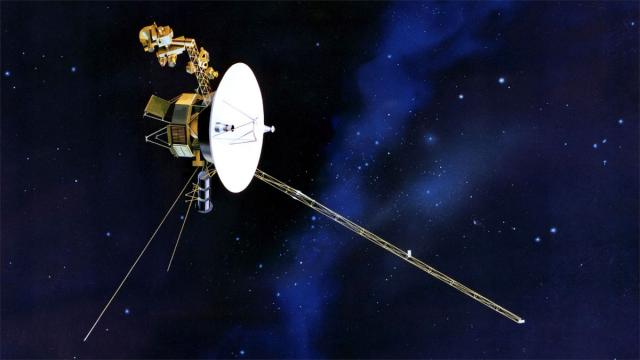It’s astounding to think that both Voyager probes, launched back in 1977, are not only still intact, but sending valuable data back to Earth. It wasn’t long ago that Voyager 1 entered interstellar space, leaving the solar system’s protective heliosphere. Soon, Voyager 2 will join it, with the probe’s sensors detecting a gradual increase in cosmic rays over the last few months.
Voyager 2 has travelled over 17.7 billion kilometres since leaving Earth, according to a recent story from NASA’s Jet Propulsion Laboratory (JPL). That sounds like a fair distance… until you convert it to light years, where it’s a piddly 0.0018.
Still, it’s a remarkable achievement and, judging by growing cosmic rays — about a five per cent increase over two months — it’s only a matter of time before the probe joins its companion in interstellar space.
Unfortunately, because of the nature of the heliosphere, pinning down an exact date is difficult:
…Voyager team members note that the increase in cosmic rays is not a definitive sign that the probe is about to cross the heliopause. Voyager 2 is in a different location in the heliosheath — the outer region of the heliosphere — than Voyager 1 had been, and possible differences in these locations means Voyager 2 may experience a different exit timeline than Voyager 1.
Not that there’s any rush, really. The probe has been rocking space for over 40 years, I’m sure a couple more won’t make a difference.
[JPL]
